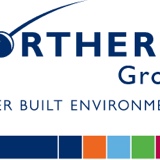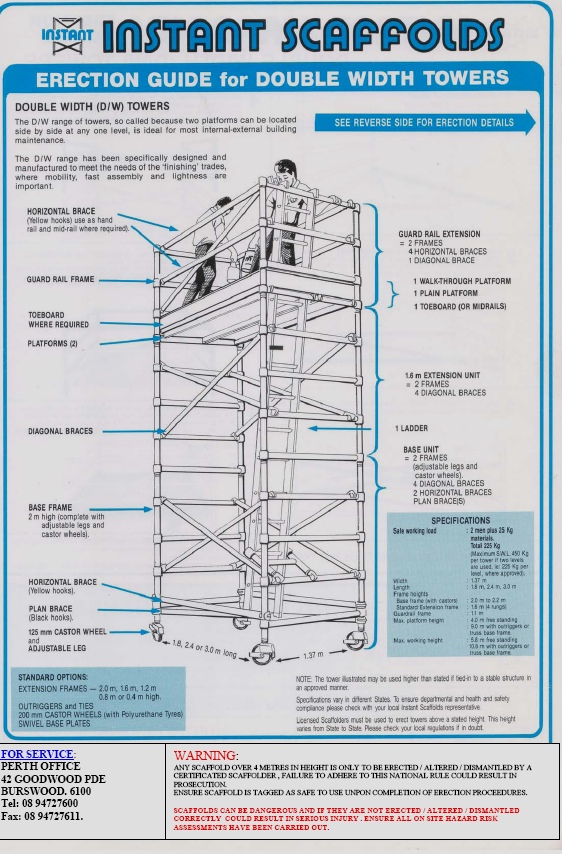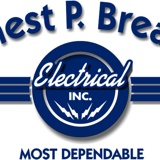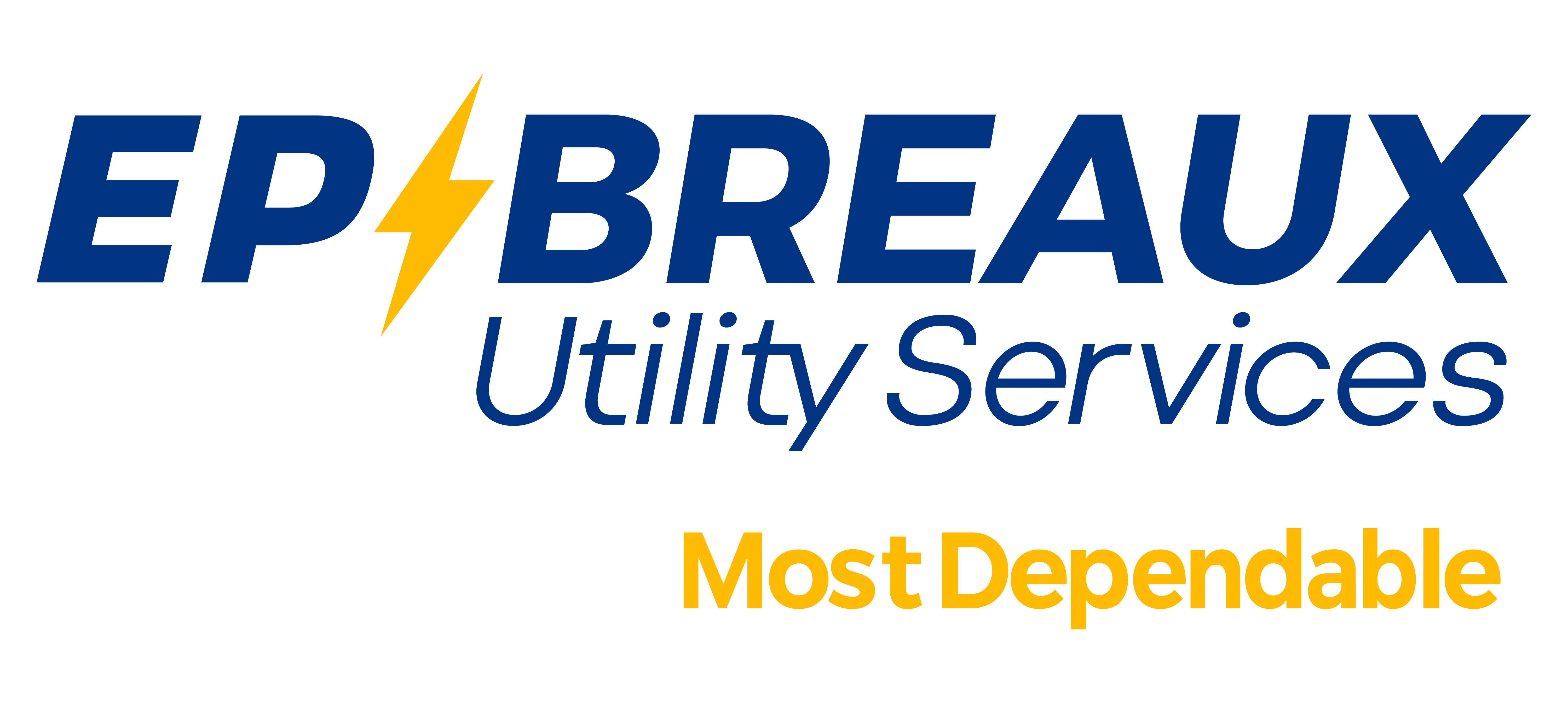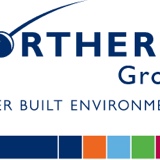Information
-
Site
-
Location
-
Conducted on
-
Prepared by
-
Personnel present
General Scaffold
Documentation
-
Has steel wire mesh/shade cloth or containment sheeting been provided where workers are exposed to a risk of falling materials from the scaffolding
-
Are procedures in place to inspect scaffolding every 30 days
-
Are there handover or checklists in place
-
System in place to inspect the scaffolding after trades have used it e.g. formworkers, concretes, bricklayers and tilers
-
Is a work method statement or appropriate documentation available for the management of scaffolding on site once erected
-
Is there a system in place to prevent damage from loads suspended from a crane and is it recorded in SWMS
-
Have workers been inducted on the safe use of the scaffolding
-
Tagging system on scaffolds above 4 metres and located at each access point
-
Tagging system legible and up to date
Construction of scaffolding
-
Is scaffold over 4m erected by a certified/licensed scaffolder
-
Where the working platform is less than 4m was it erected by a competent person
-
Have trades completed a Working at Heights course
-
During construction of the scaffold is the immediate area around the base barricaded off or otherwise controlled to minimise risk of injury from falling objects
-
Are harnesses required for the safe construction/dismantling of scaffold
Supporting Structure
-
Is the supporting structure in good condition and adequate strength/has it been assessed by a competent person/engineers certificate obtained
-
Is there a risk of the supporting structure being overloaded from other sources adequately controlled
Foundation
-
Scaffolding erected on suitable foundation/footings e.g. Not adjacent to trenches, excavation, underground services, soft ground
-
Base plates used are a minimum 100mm x 100mm and 6mm thick
-
If on soft ground are sole boards bing used to distribute the load evenly e.g. unstable ground, gaps
-
Are the sole boards continuous and where ever possible support 2 standards and a minimum 220mm
-
Are sole boards a minimum 220mm wide
-
Is packing used under sole boards suitable e.g. hard wood
-
Screw jacks not to extend more than 600mm or as per manufacturers requirements
Openings in scaffolding e.g. driveways
-
System in place to prevent scaffolding being struck by vehicles and/or plant e.g. concrete blocks, guards, fenders, traffic management
Steel wire mesh/shade cloth/containment sheeting/ signage
-
Has the scaffolding been designed for wind loading where signage is being tied to scaffolding
-
Is the sheeting adequately fixed/tied
-
Are there any rips or gaps in sheeting
-
Is there an engineers certificate for the ties
-
Is there a minimum 50mm overlap
-
Signs on scaffolding - any engineering calculations - wind loading design
Overhead power lines (OHPL)
-
Is scaffolding erected close to OHPL
-
Has OHPL been de energised
-
If the OHPL have not been de energised, is there a system of work to ensure the scaffolding complies with local requirements during erection, altering, use and dismantling
Mixed Components
-
Are mixed components being used
-
Are they compatible
-
Engineers certificate available if required
Ties
-
Have ties been installed as per manufacturers/suppliers instructions/information and AS/NZS 1576
-
System in place to monitor ties as other trades progress e.g. formworkers, bricklayers, tilers, etc
-
System in place to monitor ties as the structure is demolished
-
Do the ties pick up 2 standards or ledgers
-
Are single leg ties used - is relevant documentation available
-
Have 90° fittings been used (swivel fittings not to be used)
-
Are ties provided every 4m (vertically) in height
-
Are ties provided as per AS1576 - Vertical = every 4m<br> Horizontal = 3rd bay
-
-
Where drilled in anchors being used are engineering drawings/calculations, etc are available on site
-
Do the ties obstruct access along the full length of the working and access platforms
-
Sheeted or netted scaffolds fitted with additional ties to resist wind loads
Temporary Ladders
-
Are ladders adequately secured at the top and bottom
-
Is the ladder in good condition
-
Are ladders no less than 1:4 or no more than 1:6 slope
-
Is the ladder extended 900-1000mm above the landing platform
-
Are temporary ladders no more than 6m between successive ladder landings
Platforms (General)
-
Are platforms free from obstruction
-
Are planks in good condition and a minimum 220mm wide
-
Do planks overhang supports by 150mm - 300mm
-
Are planks adequately secured when they overlap
-
Are loads on any given platform easily distributed
-
Are standards correctly positioned I.e. staggered
-
Is the duty of the scaffolding suitable for the task i.e. heavy medium or light
-
Is the scaffold width appropriate for the duty e.g. heavy duty 5 planks
-
Are signs erected on the bays indicating duty of the bays i.e. scaffold tag
-
Are any of the platform bays being used to stack/store materials e.g. Bricks, Formwork
-
Does the weight of these materials exceed the rated WLL per platform bay
-
Is there any material etc. being stacked/stored above the height of the handrail
-
Is there any signage indicating scaffolding incomplete where required
-
Are openings at working platform level covered and secured e.g. plywood (17 mm), planks
Temporary Stairways
-
Has separate stairway access been provided to access scaffolding
-
Is the stairway a minimum 500mm wide
-
Is the access landing a minimum 500mm x 450mm
-
Is a handrail provided along each stairway
Bracing
-
Has face bracing been provided i.e. longitudinal at no more than 3 bays apart, unless other wise specified
-
Has been provided at the end of the scaffolding i.e transverse bracing
-
Does the bracing extend the full height of the scaffolding
Hop up brackets
-
If hop up brackets are 500 mm above or below the working platform, has adequate fall prevention been provided
Access
-
Is the access along the working platform - minimum 450mm wide for persons and tools only (2 planks)
-
Is the access along the working platform - minimum 675 wide for persons and materials (3 planks)
-
Are incomplete scaffolding platforms blocked off and/or signs used
-
Is there suitable access to and from the working platform e.g. from the building to the scaffold
-
Is there safe access between working platform during use, erection and dismantling
Edge Protection
-
Is edge protection provided where a person or object could fall (2m or more)
-
Handrail, mid rail and toe board or brick guard provided
-
Where guard rails and toe boards (150mm) only are being used is a suitable infill such as brick guards or infill panels being used
-
Are guard rails erected between 900mm and 1100mm above the platform
-
Where brick guards are being used is the mesh aperture no more than 50mm x 50mm
-
Where the gap between the scaffolding and supporting structure is more than 225mm has edge protection been provided
Workers using the scaffolding
-
Do the workers on site using the scaffold alter the scaffolding themselves
-
Are the workers on site that are using the scaffolding aware that any alterations to the scaffolding is to be done by a scaffolder
Mobile Scaffold
-
Is there mobile scaffold on site?
Documentation, Signage and Procedures
-
Tagging system on scaffolds above 4 metres (if tagging systems on equipment below 4 metres, system must be maintained)
-
Tagging system fitted on each entry point
-
Tagging system legible, durable and up to date
-
If incomplete scaffold has Warning signs for incomplete scaffold have been fitted
-
Mobile scaffold above 4 metres high has been erected by licensed scaffolder. Mobile scaffold below 4 metres has been erected by trained personnel.
-
Are checklists in place
Construction of Scaffold
-
Mobile scaffold complies with suppliers specifications and safety regulations
-
Has scaffold been braced correctly
-
Mobile scaffold has equipment and comments in place as per Manufacturers specifications and diagram attached
-
-
Has scaffold been erected on firm even surface
-
Ladder correctly fitted where scaffold over 2 m
-
Castors in good condition and locked
-
Outriggers and ties fitted where required
-
Working platform fully decked
Edge Protection
-
Top rail fitted
-
Mid rail fitted
-
Kick boards fitted
Suspended Scaffold
-
Is there suspended scaffolding on site?
Documentation and procedures
-
Handover certificate provided and scaffold tag available on site
-
Are the daily pre operation checks being carried out and recorded in a log book
-
Are procedures in place to inspect the scaffolding every 30 days
-
Are procedures in place to inspect the scaffolding every time it is altered/moved
-
Has the suspended stage been erected by a certified person as per drawings/instructions
-
Has the necessary written instructions and checklists been provided by the user e.g. safety equipment, emergency procedures, communication
-
Have operators been trained in the safe use of the suspended scaffolding e.g. safety equipment, emergency procedures, communication
-
Have the operators been inducted on the use of the suspended scaffolding
-
Are drawings/calculations available onsite for such things as the suspension rig design and number of counter weights per needle
-
Are drawings available where the needles are supported by scaffold tubing
-
Are daily pre operational checks carried out prior to the swinging stage being used and recorded in a log book
-
Is there effective means of communication between the occupants of the suspended scaffolding and those ground level
-
Is the maintenance records available on site for all comments e.g. cradle, hoists, ropes, etc.
-
Does the cradle have a compliance plate
Cradle
-
Is the cradle assembled correctly and in good repair with no obvious defects e.g. cracked welds
-
Is there a system in place to prevent the cradle from coming into contact with the structure
-
Is there safe access along the entire length of the platform
-
SWL/WLL clearly marked on the cradle
-
Is there a system in place to prevent overloading of the cradle
-
Is there a system in place to prevent the suspended scaffolding coming into contact with OHPL
-
Is there a system in place to prevent lateral movement
-
Is the width of the platform between 450mm and 900mm
-
Is there a system to secure the suspended scaffolding stage when it is not in use
-
Is a guardrail, mid rail, and toe board provided along the length of the platform
-
Where access and egress is not from ground level is the cradle secured to prevent movement
Access
-
Has safe access been provided for workers to enter and leave the cradle from ground level
-
Where access and egress is not from ground level has suitable fall protection been provided e.g. harnesses and (2) lanyards (per harness) been provided
-
Is there a safe point of attachment for harnesses if being worn
-
Where access and egress is not from ground level has the cradle been secured against movement
Suspension rig counter weights
-
Are the counter weights individually labelled with their weights in kgs
-
Are the counter weights installed as per design/drawings
-
Are counter weights purpose designed
-
Are they secured to the needles so that removal requires the use of a tool
Suspension rig - needles and supporting beams
-
Has the suspended scaffolding been erected as per drawings/instructions
-
Is the outboard ends of the needles higher than the inboard ends
-
Do the needles have a positively fixed stop at the end of each needle to prevent ropes from slipping off
-
Are anchorage bolts used in conjunction with lock-nuts
-
Friction anchors and chemically inserted anchors are not to be used
-
Are chains/slings protected if running over sharp edges
-
Is there a primary and secondary rope fitted to each needle
-
Are all wire ropes independently attached to the suspension rig
-
Is excess rope allowed to hang freely below the cradle,or inserted into a rope winder to prevent kinking
-
For long periods of time, is the access rope and cables stored in the cradle
-
Are unauthorised persons prevented from accessing the suspension rig
Hoists
-
Are the scaffolding hoists in good condition with no obvious damage/defects
-
Has weather proof covers been provided for hoists
-
Is the wire rope being used the correct size and type for the hoist (refer to compliance plate)
-
Is each hoist provided with a secondary protection device
Falling materials
-
Has the area below the suspended scaffolding been blocked/barricaded off to prevent persons being hit by falling materials
-
Is there a system in place to prevent hand tools from falling out of the platform e.g. tool lanyard or meshing cradle
Electrical
-
Has an adequate power supply been provided for the suspended scaffolding
-
Is there easy access to the power supply switch board
-
Has the electrical cable been installed to prevent accidental removal from the switchboard
-
Are unauthorised persons prevented from accessing the electrical supply board
-
Does the suspended electrical cable have adequate running clearance
-
Is the suspended electrical cable of sufficient length and correct size
-
Is there a system place to prevent damage to electrical cables
-
Have all electrical leads /components, etc. been tested as required by each state
-
Is the central control box fully enclosed, lockable, shatterproof and waterproof
-
Are the operating buttons/levers of a "dead man" type
Corrective Actions
- Corrective Actions
-
Description
-
Add media
-
Risk Rating
-
Action by
-
Date completed
-
Completed sign off
